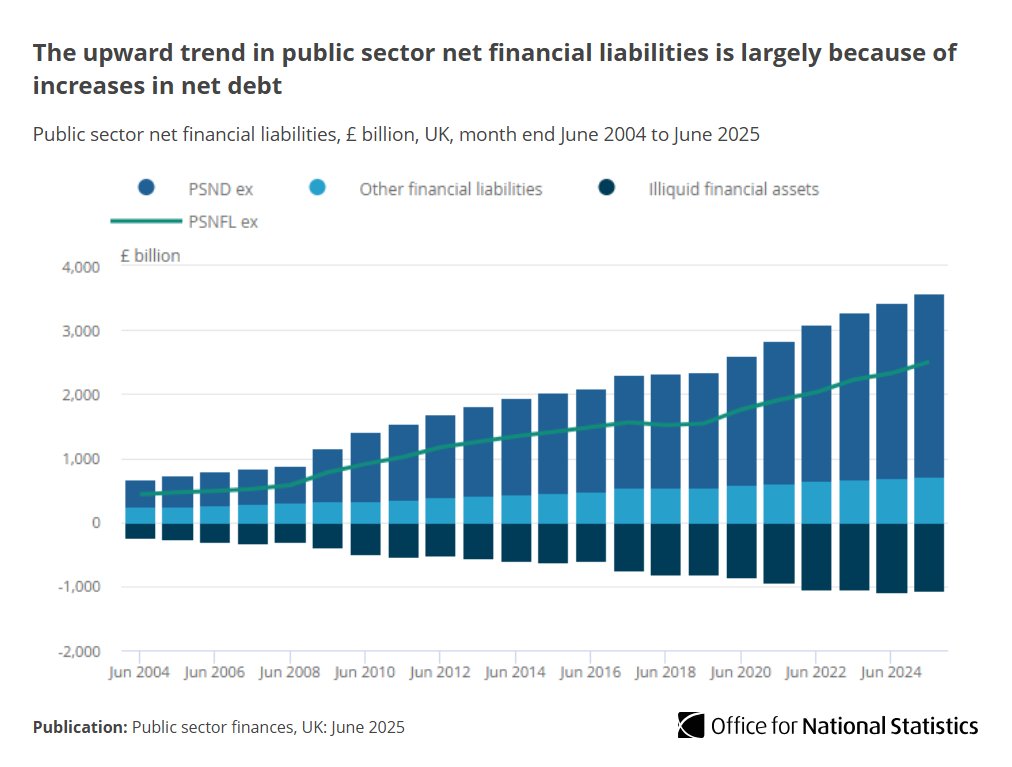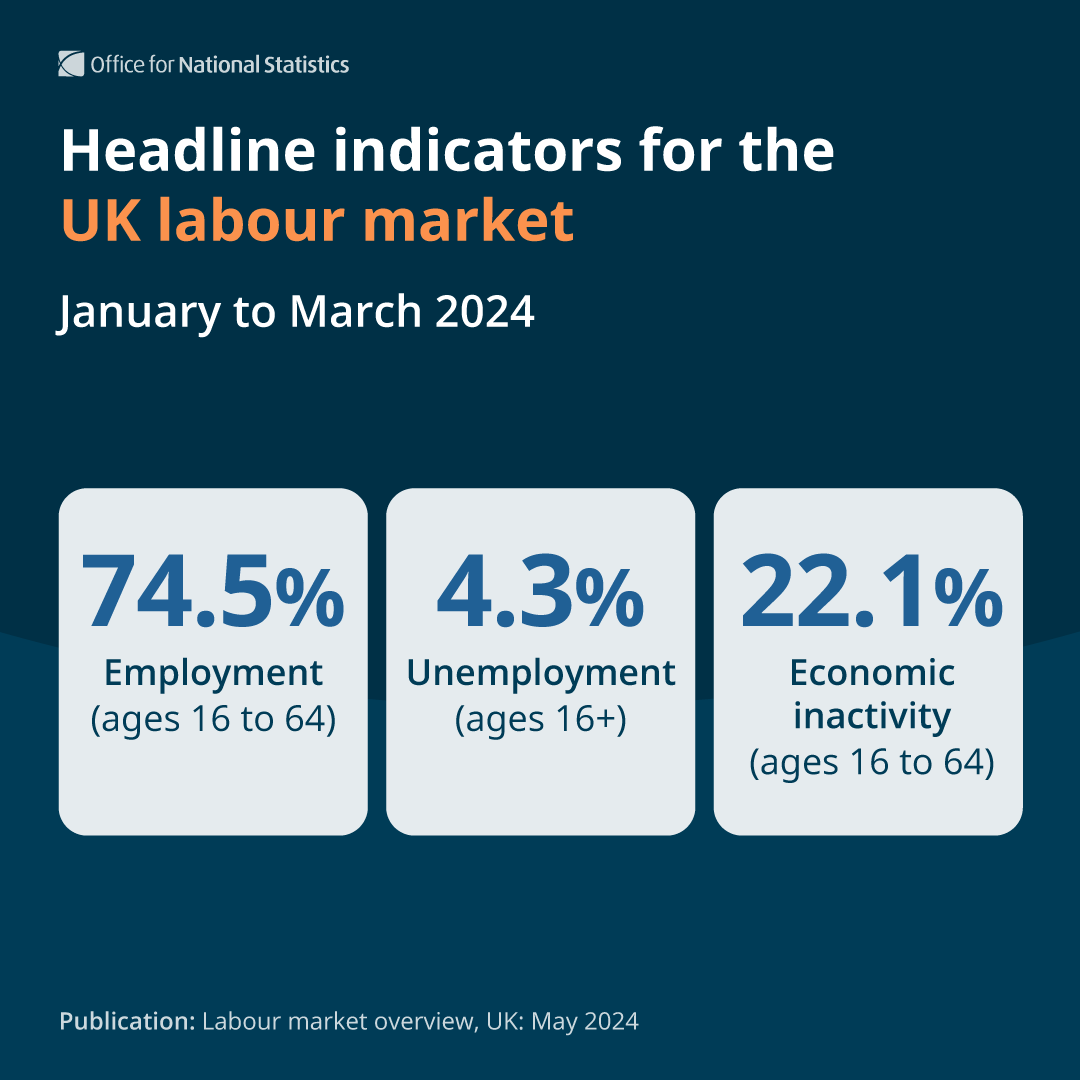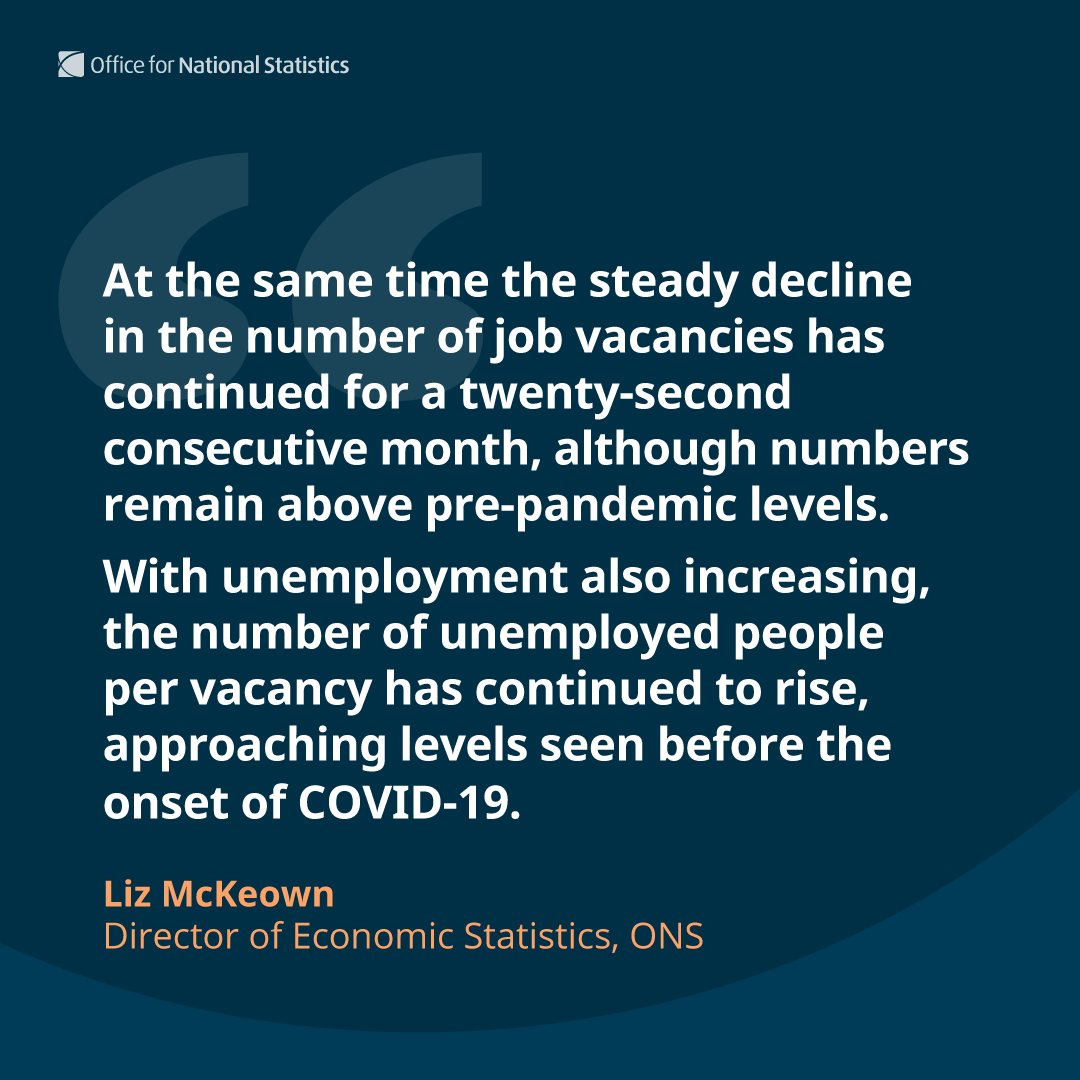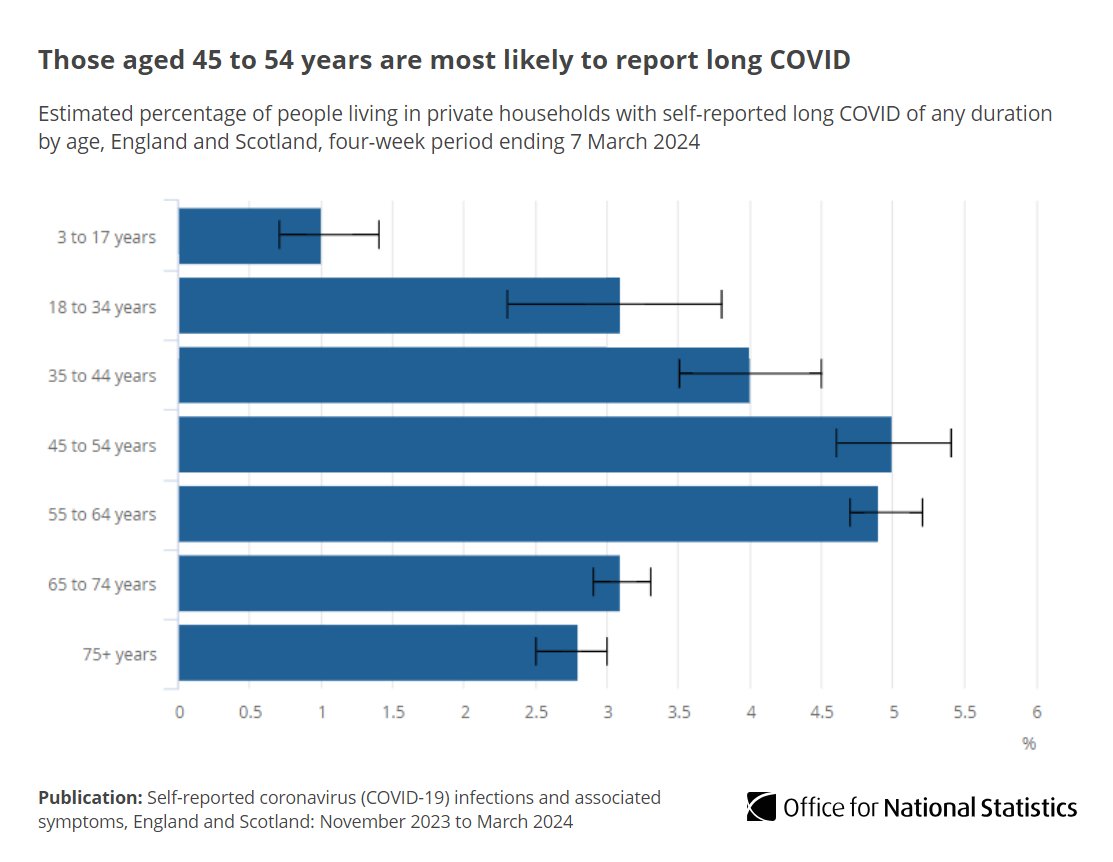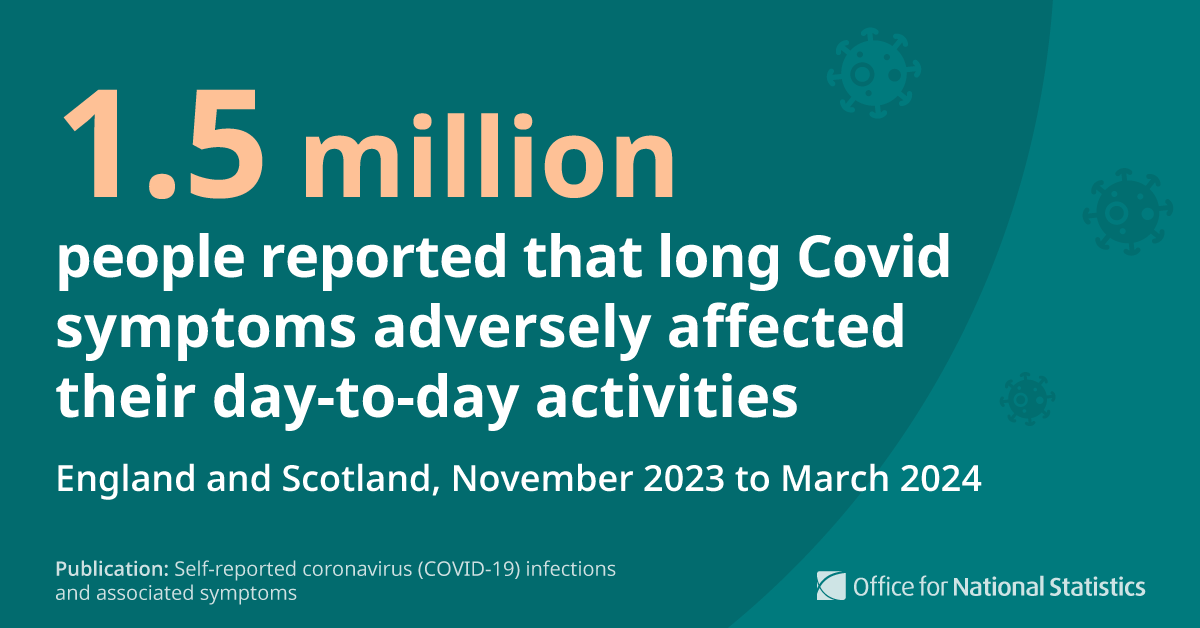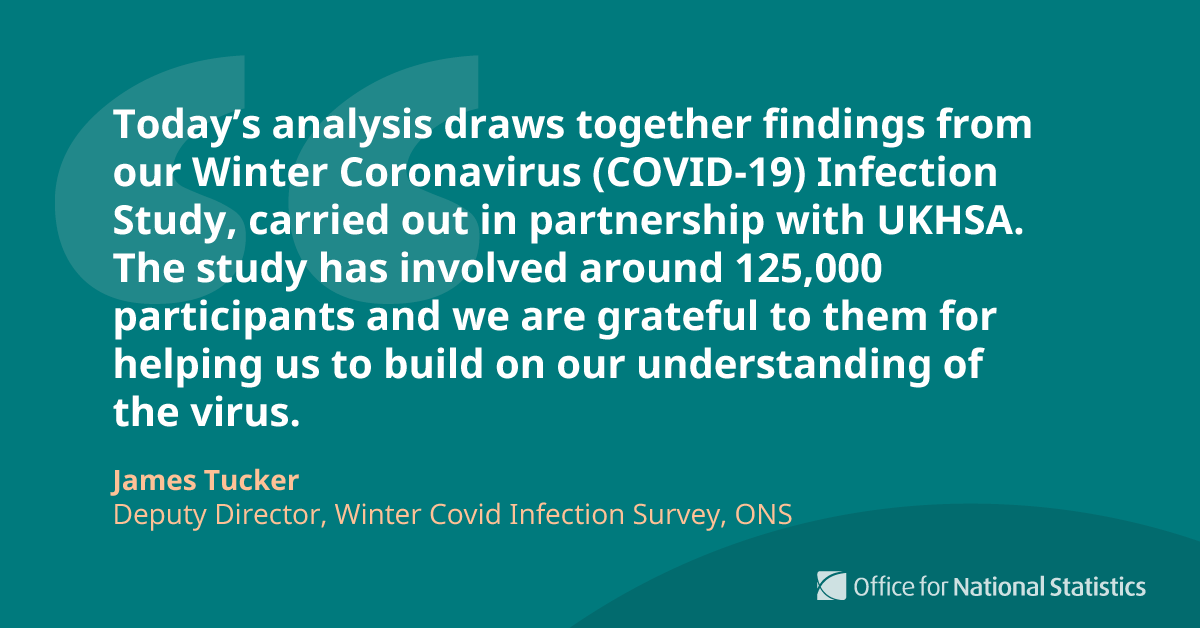Latest results from our #COVID19 Infection Survey show infection rates increased in England and Wales but decreased in Scotland in the week ending 25 September 2021.
The trend was uncertain in Northern Ireland ow.ly/cG2y50Gk3Mr
The trend was uncertain in Northern Ireland ow.ly/cG2y50Gk3Mr

In England in the week ending 25 September 2021, infections increased in
▪️ The North West
▪️ Yorkshire and The Humber
▪️ The East Midlands
▪️ The South West.
Infections decreased in
▪️ The North East
▪️ London.
The trend was uncertain in other regions ow.ly/kU0x50Gk3QN
▪️ The North West
▪️ Yorkshire and The Humber
▪️ The East Midlands
▪️ The South West.
Infections decreased in
▪️ The North East
▪️ London.
The trend was uncertain in other regions ow.ly/kU0x50Gk3QN

#COVID19 infection rates continued to fluctuate across age groups in England.
Infection rates increased for those aged 2 to school Year 11 in the week ending 25 September 2021, and were highest in young people at secondary school (4.6%) ow.ly/CVmQ50Gk3Wd
Infection rates increased for those aged 2 to school Year 11 in the week ending 25 September 2021, and were highest in young people at secondary school (4.6%) ow.ly/CVmQ50Gk3Wd

Hospital admissions decreased in eight out of nine English regions in the week ending 26 September 2021.
The largest decrease was seen in the East of England ow.ly/ZGKh50Gk4lU
The largest decrease was seen in the East of England ow.ly/ZGKh50Gk4lU

Although infection rates were highest in secondary school children (week ending 25 September 2021), hospital admissions were highest among older people (week ending 26 September 2021) ow.ly/VGli50Gk4o8 

Hospital admissions and deaths involving #COVID19 have been consistently lower in the third wave ow.ly/YoXi50Gk4q6 

• • •
Missing some Tweet in this thread? You can try to
force a refresh



